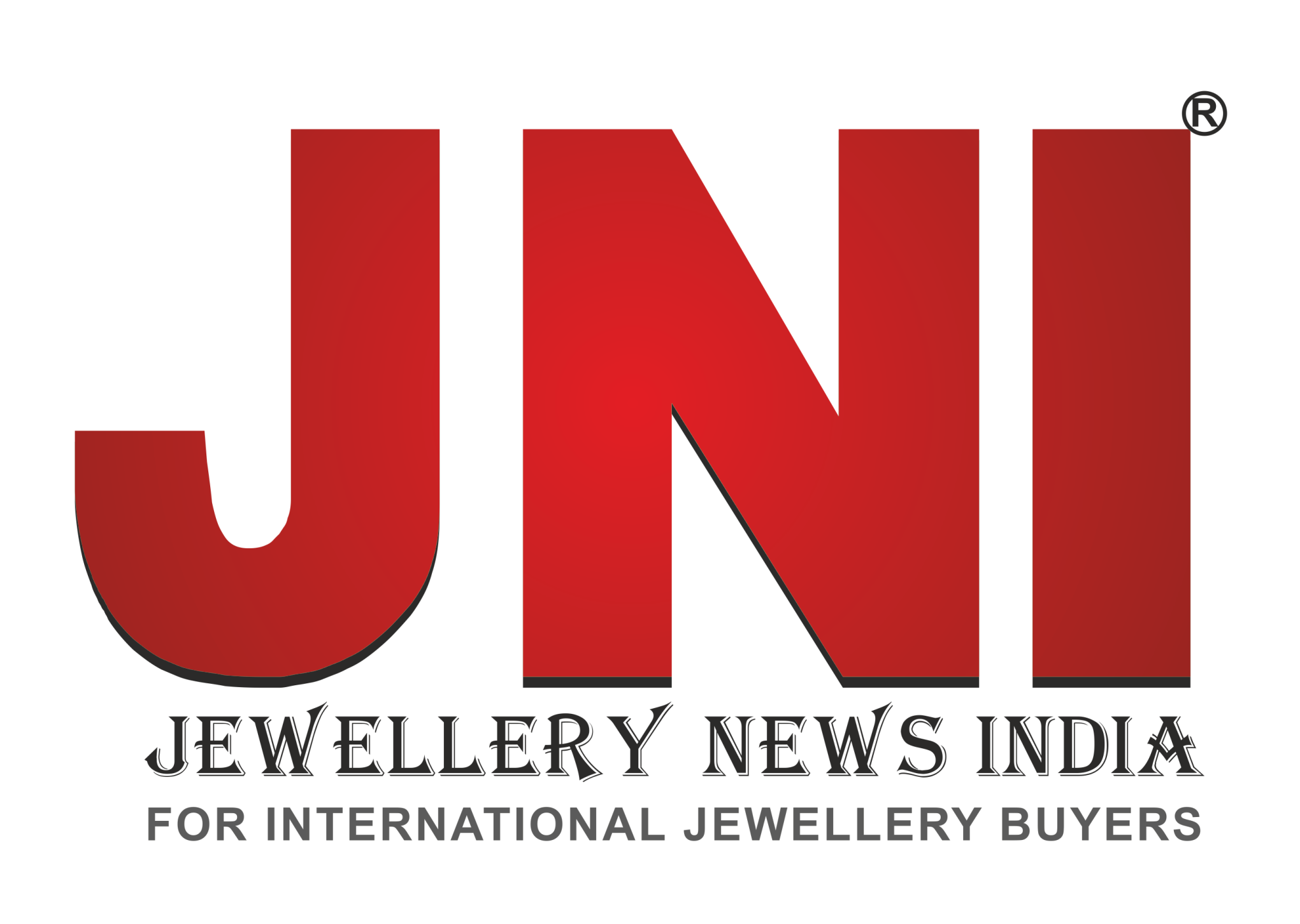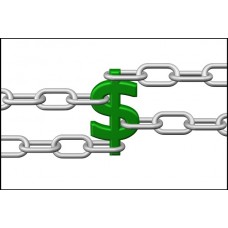Get rid of rising supply chain costs
Cost Inflation Is Back, Putting Supply Chains at Risk! Master the art of bringing down costs as prices rise, ink by Peter Hanbury, David Schannon and Caperton Flood. Peter Hanbury is a partner with Bain & Company in the Performance Improvement practice and is based in the San Francisco office. David Schannon is a Bain partner in the firm’s Performance Improvement practice and is based in the Silicon Valley office. Caperton Flood is a Bain partner in the firm’s Performance Improvement practice and is based in the New York office.
They say, 1: Cross-functional savings can double the savings from in-silo initiatives, 2: Developing and analyzing data holistically across silos is a key to identifying the opportunities & 3: A cost czar and cross-functional teams ensure accountability for results. Deflation has allowed companies to improve their margins in recent years without significantly cutting costs.
But inflation is back, and rising supply chain costs are starting to erode earnings. In boardrooms around the world, executives now realize that they quickly need to take stronger measures to meet their productivity targets.
Take the case of a technology company with supply chain costs of about $400 million a year for personnel and freight. Between 2011 and 2017, the supply chain team carried out efficiency initiatives that combined with deflation, especially in freight costs, helped managers cut supply chain costs in half.
Now, with logistics and other input costs rising, the company is struggling just to keep costs flat. Successful leadership teams’ combat inflation before it takes its toll. They’ve learned that bringing down costs as prices rise requires a more integrated approach to cost management. These leaders search across organizational boundaries for cost savings that hide in the seams between functions—the areas where responsibilities intersect.
The prize is huge for those that get it right. Bain research shows companies that take an integrated approach to cost management can double the typical savings from silo-based initiatives, to 10% to 20% of total costs. Under normal conditions, those additional gains bolster the bottom line, but when costs are rising, they can provide a lifeline.
As inflation and shifting trade relations begin to affect historically stable supply chains, an integrated approach to cost management can help companies build organizations that are more resilient while developing a significant competitive edge.
They focus on
1: Cost reduction: Getting the basics right as a first step, most companies typically brace for inflation by seeking savings in procurement, manufacturing, transportation and warehousing. These tactical actions are smart moves, regardless of whether costs are rising. In particular, less mature companies may produce significant improvements using this traditional approach.
2: Finding savings beyond silos: Companies typically overlook the excess costs that span silos because no one is responsible for tracking them. A classic example is the cost generated by product model variations. Sales and marketing teams often propose products with slight variations to address a specific market niche.
But increasing the number of product models can trigger exponential growth in purchasing, manufacturing and supply chain costs, offsetting the benefits of increased sales. Reducing model variations creates a stream of savings across all those functions. Shifting the location of finished goods manufacturing could also generate cross-functional savings by reducing inventory costs or decreasing freight.
The guidelines: That can help companies deliver savings beyond silos. Establish clear ownership and accountability. A cost czar and cross-functional teams comprise the missing accountability for cost outcomes throughout the organization. The cost czar has the mandate to form cross-functional teams with managers from product design, procurement and manufacturing; develop a program; and weigh the trade-offs of cross-functional cost initiatives.
Getting started: As mature companies re-double their efforts to deliver fresh gains from long-running cost programs, it’s a shift in approach can transform results. A few key questions can help leadership teams identify new opportunities for savings.
1: Do we know what input prices are rising and how they will affect costs across the entire organization?
2: Are we looking for savings beyond silos—in the seams of the organization?
3: Are we willing to seek the best overall cost solution instead of optimizing each individual function?
Many companies have already made significant progress reducing costs within silos, but inflation is eroding those gains and making it tougher than ever to improve net productivity. Taking an integrated approach to cost management gives leadership teams a new tool to battle rising costs and keep productivity gains on track.




